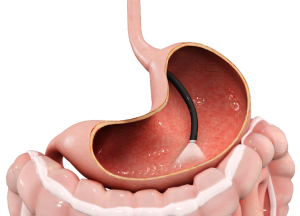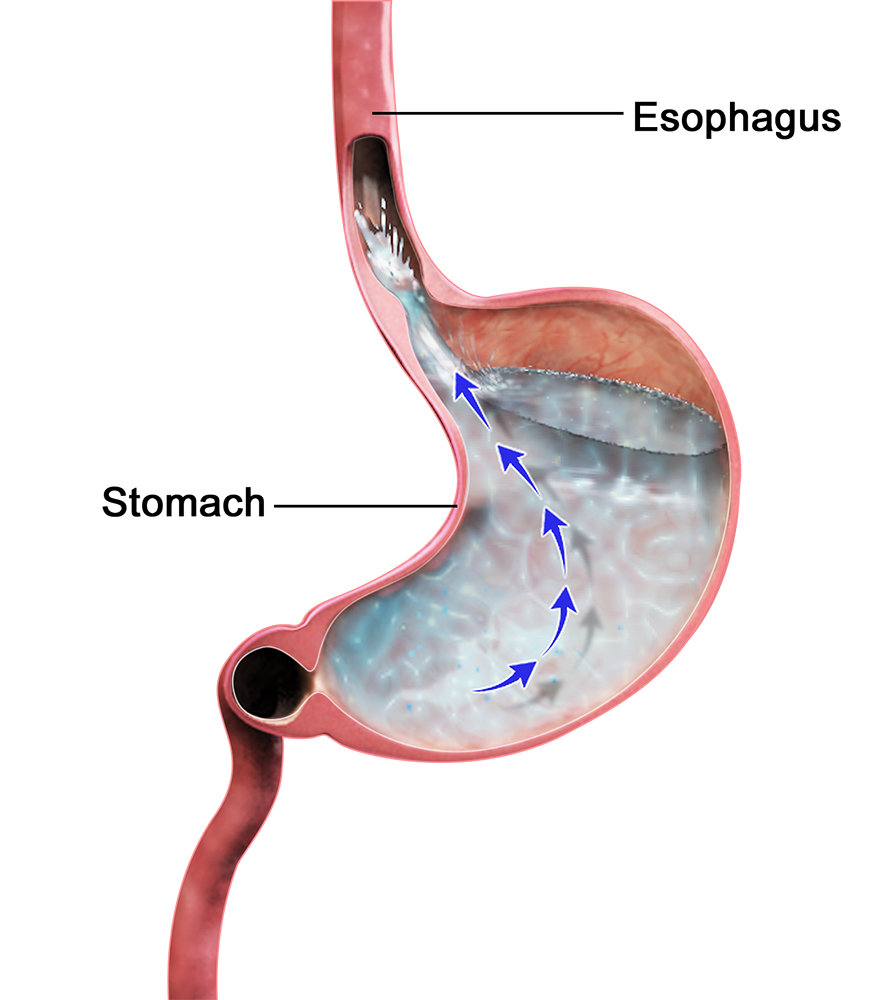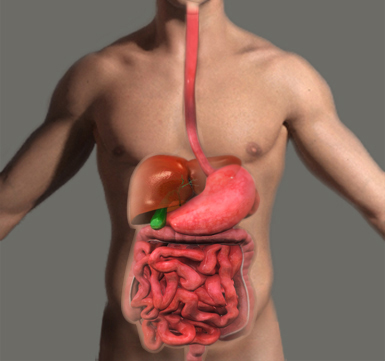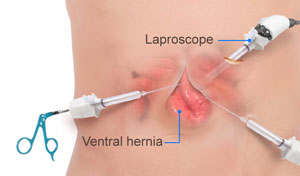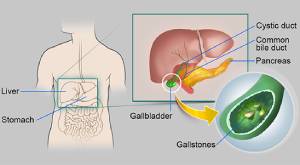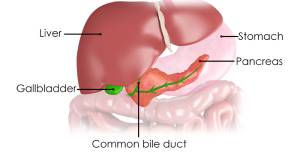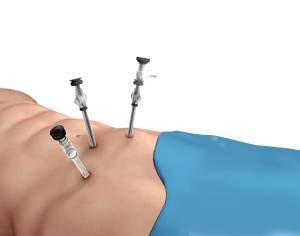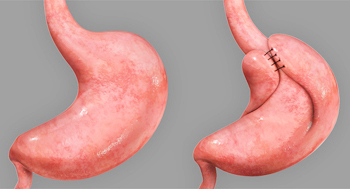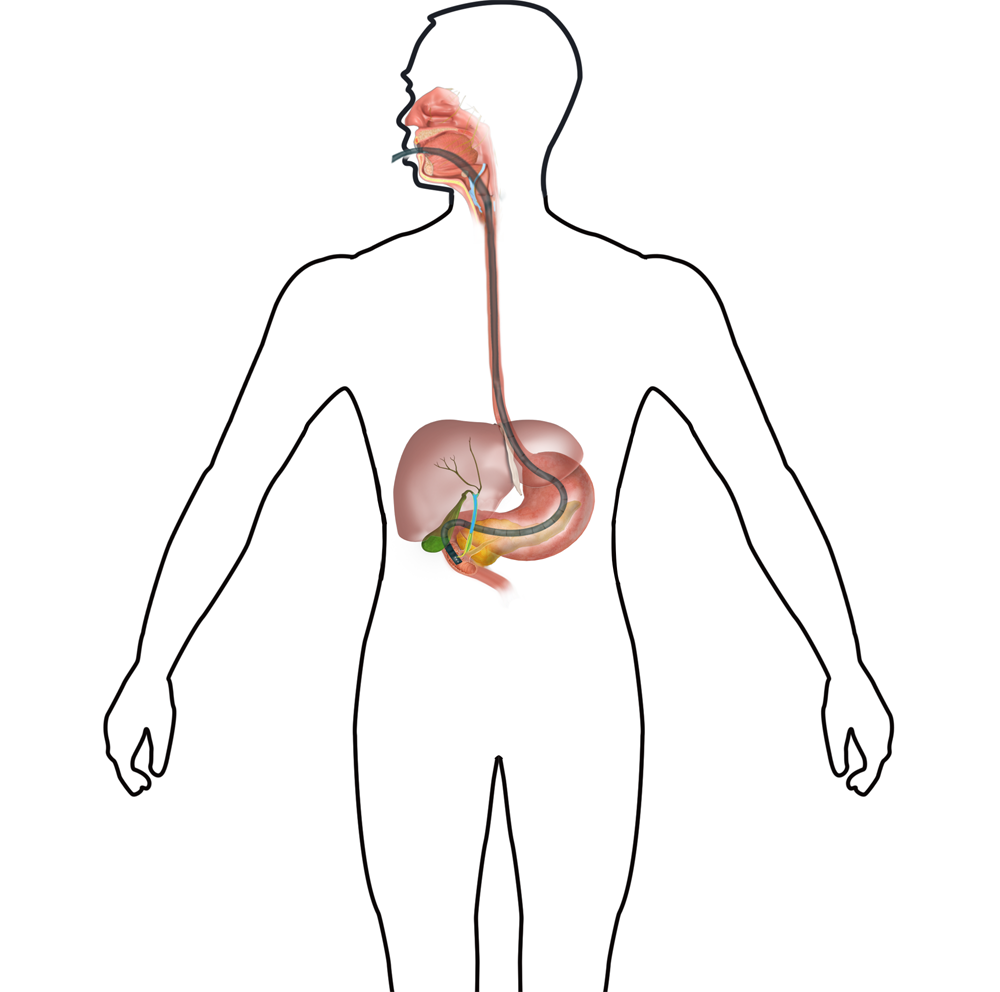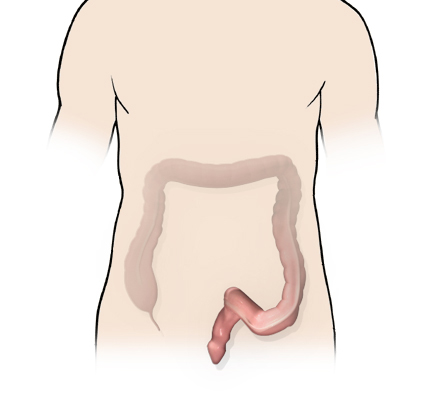Procedures
Colonoscopy
The term “colonoscopy” means looking inside the colon. It is a procedure performed by a gastroenterologist or surgeon, either of whom is a well-trained subspecialist.
Endoscopy
Upper GI endoscopy is a procedure performed by a doctor, a well-trained subspecialist who uses the endoscope to diagnose and, in some cases, treat problems of the upper digestive system.
Anti-Reflux Surgery
Laparoscopic Nissen Fundoplication is a minimally invasive form of anti-reflux surgery performed to restore the function of lower esophageal sphincter.
Gastro-Intestinal Surgery
Gastrointestinal (GI) system is one of the important organ systems and is associated in digestion, absorption and excretion of food providing energy to our body. Various conditions may affect the normal functioning of GI system and may lead to further complications.
Hernia Repair
A hernia is a sac formed out of lining of an organ that comes through the hole or weak area in the wall of a muscle, tissue, or membrane that normally holds an organ in place. Hernias are more common in certain parts of the body such as the abdomen, groin and upper thigh area, and belly button area.
Gallbladder Surgery
Surgery to remove the gall bladder is referred to as cholecystectomy. Most frequently performed by keyhole surgery in the abdomen (laparoscopy), the most common indication for the operation is gallstones once they begin to cause symptoms.
Hepato-Biliary and Pancreatic Surgery
The liver is situated in the upper right side of the abdominal cavity and is the largest organ in the body, weighing 1200 -1600g. The liver has a wide variety of functions, the main functions being the removal of harmful substances from the blood and production of bile to assist in the digestion of food.
Laparoscopy
Laparoscopy is direct visualization of the abdominal cavity using an operating telescope. The laparoscope is a long thin instrument with a light source at its tip, to light up the inside of the abdomen or pelvis.
Fundoplication
A laparoscopic Nissen Fundoplication is a minimally invasive approach that involves specialized video equipment and instruments that allow a surgeon to perform the procedure through four tiny incisions, most of which are less than a half-centimetre in size.
Endoscopic Retrograde Cholangiopancreatography (ERCP)
Endoscopic Retrograde Cholangiopancreatography (ERCP) enables the physician to diagnose problems in the liver, gallbladder, bile ducts, and pancreas. ERCP is used primarily to diagnose and treat conditions of the bile ducts including gallstones, inflammatory strictures (scars), leaks (from trauma and surgery), and cancer.
Colorectal Surgery
Laparoscopic colorectal surgery is a technique which involves operations on the colon and rectum through 4 or 5 small incisions. A laparoscope (a narrow tube having a tiny camera) is inserted through the incision which gives the surgeon, an enlarged image of the internal organs on a television screen.





